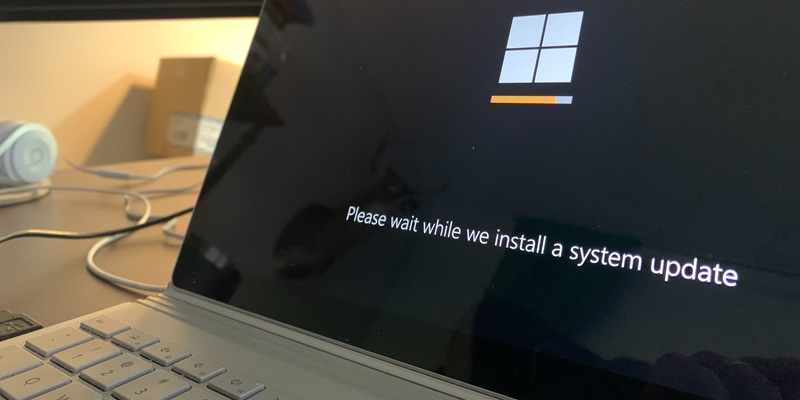Operating systems are constantly evolving to enhance user experience and system reliability. In this article, we will explore the recent updates in the Windows 11 test build and the introduction of Linux’s systemd-bsod service. We will also delve into the significance of these developments and their impact on operating systems moving forward.
Windows 11 Test Build Updates
The latest Windows 11 test build brings improvements to various aspects of the operating system. Notably, the widgets section has received attention, allowing users to further customize their experience. In this update, users can now choose to hide the news and articles feed within the widgets screen, providing greater flexibility and personalization options.
Linux’s systemd-bsod Service
In the Linux ecosystem, the systemd-bsod service has been introduced as a diagnostic tool. Serving a similar purpose to Windows’ Blue Screen of Death (BSOD), this Linux feature displays a full-screen error message accompanied by a QR code in the event of boot failures. As systemd plays an integral role in popular Linux distributions like Ubuntu, Fedora, Debian, and Red Hat, the inclusion of this BSOD feature is anticipated to be widely adopted in these distributions by 2024.
Kernel Panic in Unix-based Systems
Kernel panic is a safeguard mechanism found in Unix-based systems, including Linux and macOS. It acts as a fail-safe to prevent further damage by forcefully halting the system in the case of severe errors. During a kernel panic, the operating system suspends all ongoing operations and records the kernel memory in a dump to the disk. This process ensures that critical system information is preserved for troubleshooting purposes.
Distinction between Kernel Panic and System Crash
It is crucial to differentiate between a kernel panic and a system crash. While both events signify significant issues within the operating system, they are different in nature. A kernel panic presents users with a detailed error message describing the specific issue. Although these error messages may seem cryptic to regular users, they provide valuable insights to technicians for diagnostic purposes. On the other hand, a system crash typically refers to a complete, unexpected failure of the operating system, often resulting in a complete shutdown or reboot.
The inclusion of features like kernel panic and BSOD in operating systems serves several purposes. For technicians, the detailed error messages provided during a kernel panic or BSOD event facilitate quicker issue diagnosis and troubleshooting. These messages, although complex for regular users, offer valuable information that aids in resolving system problems efficiently. Furthermore, the standardized error reporting methods employed by the kernel panic and BSOD features contribute to improving the overall system reliability, ensuring better stability and user experience.
The continuous evolution of operating systems is of great importance to the tech world. The recent updates in the Windows 11 test build and the introduction of Linux’s systemd-bsod service highlight this ongoing development. By allowing users to personalize their experience and providing valuable diagnostic tools, these updates enhance the overall functionality and performance of operating systems. As we move forward, the commitment to improving user experience and system reliability remains a priority, ensuring that operating systems continue to meet the ever-changing demands of a technologically advanced world.

